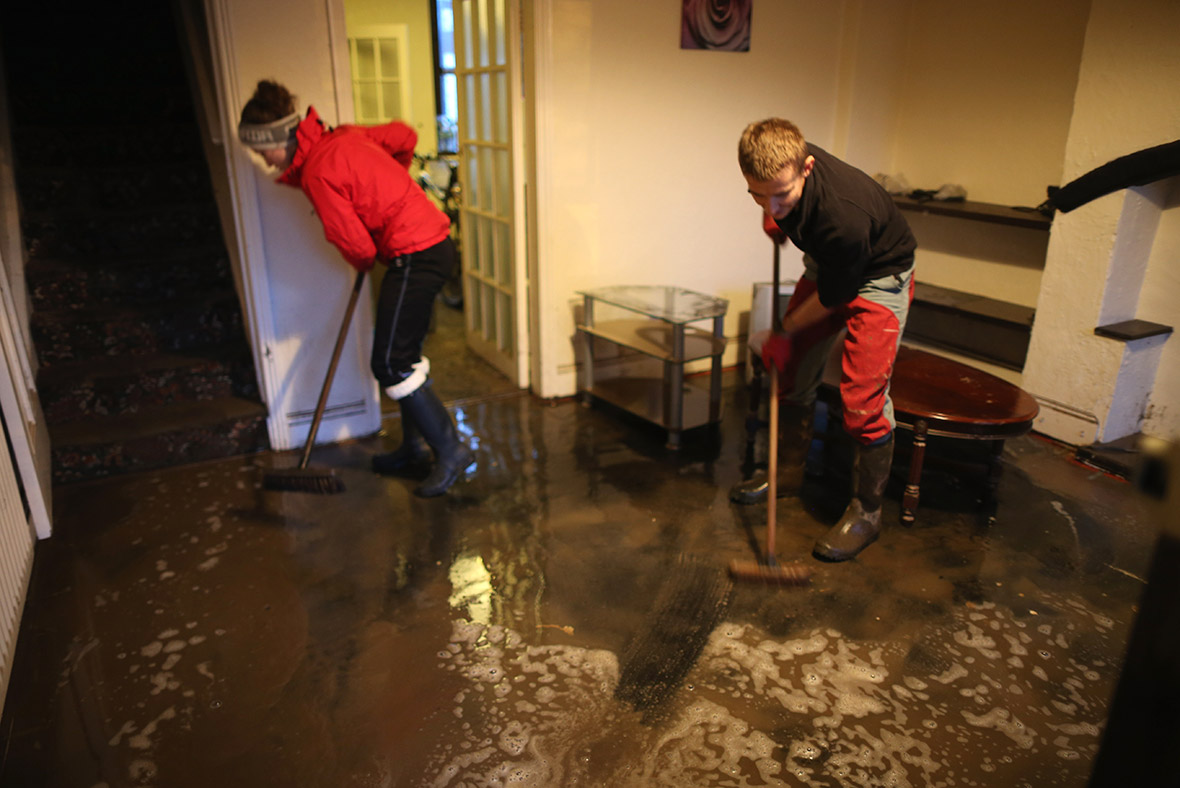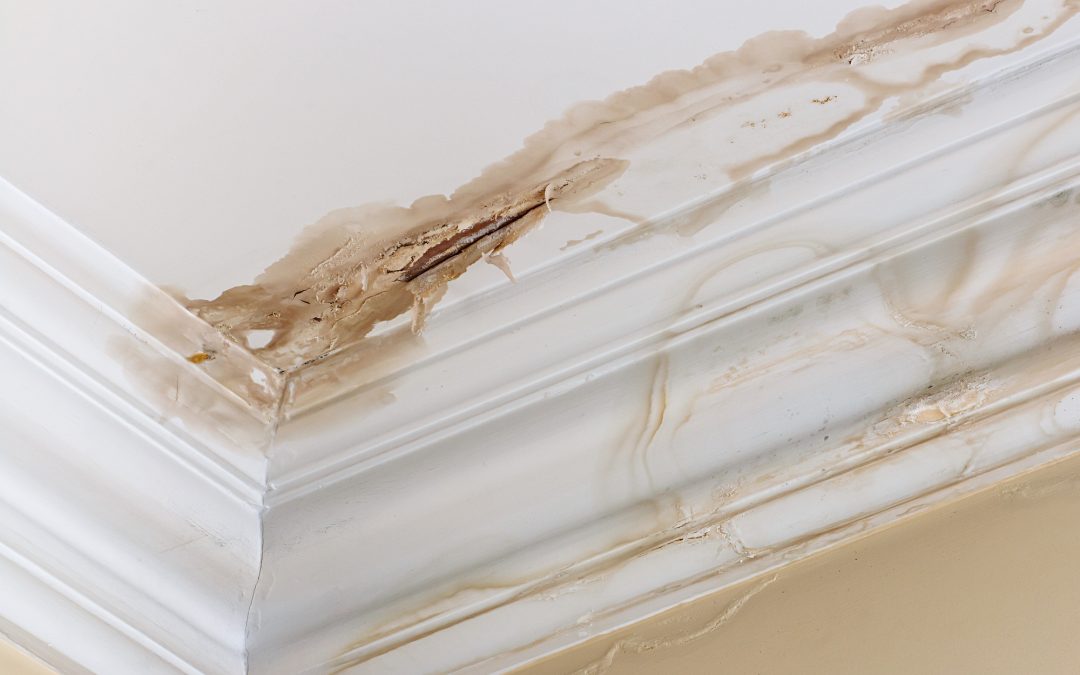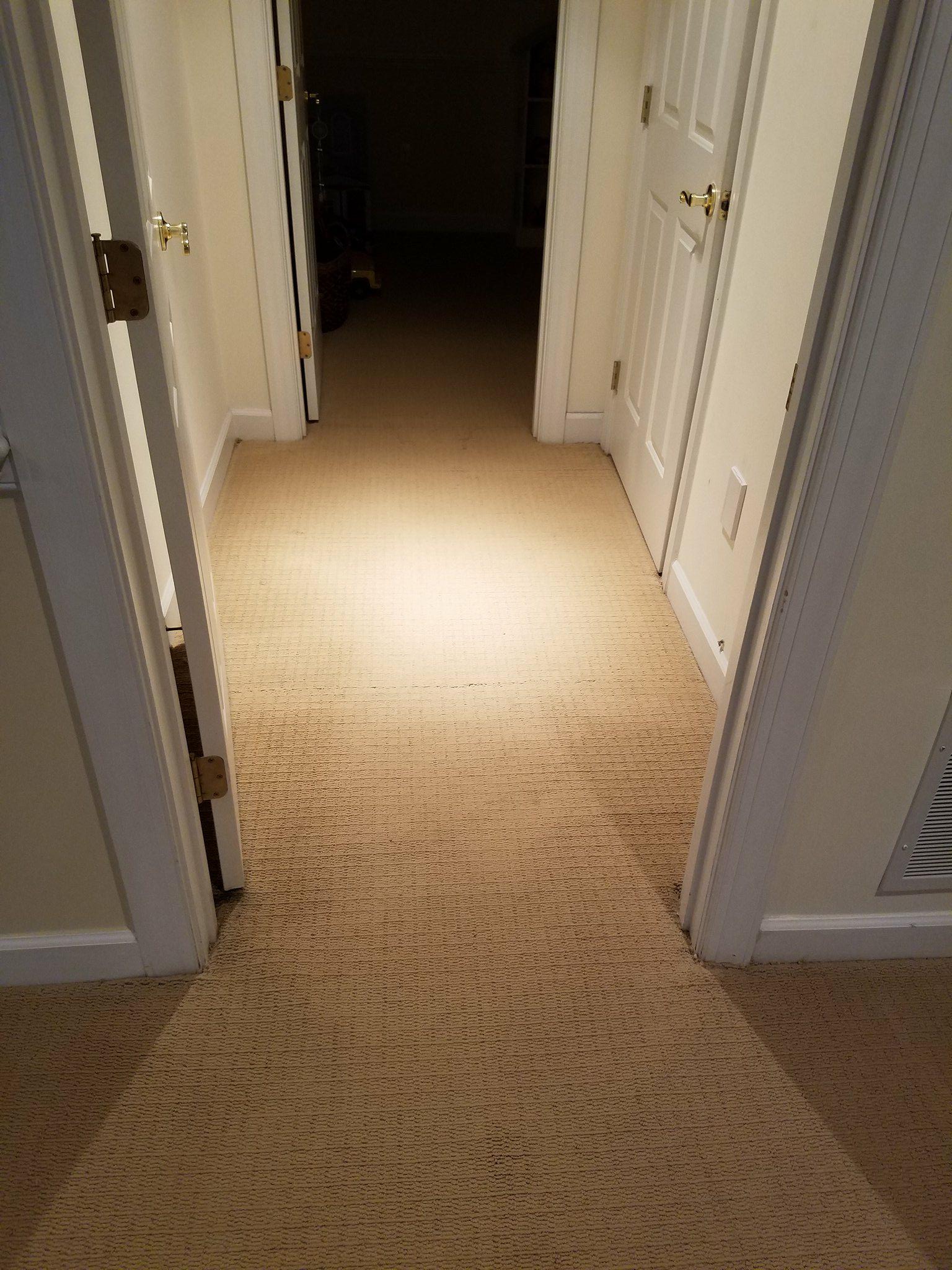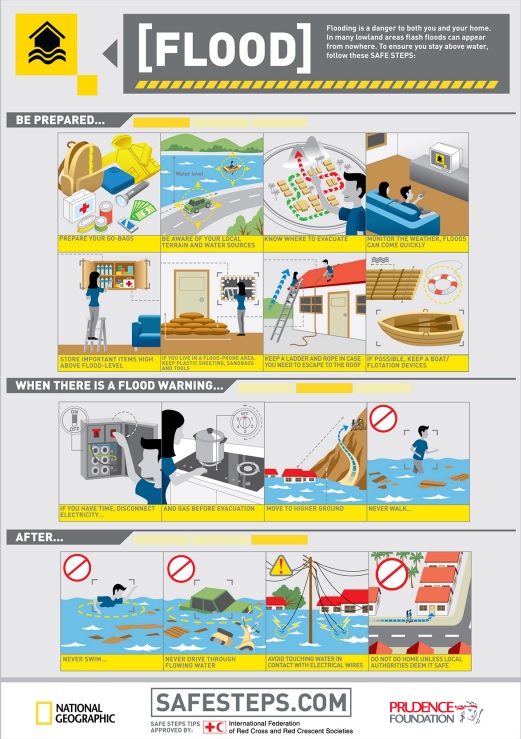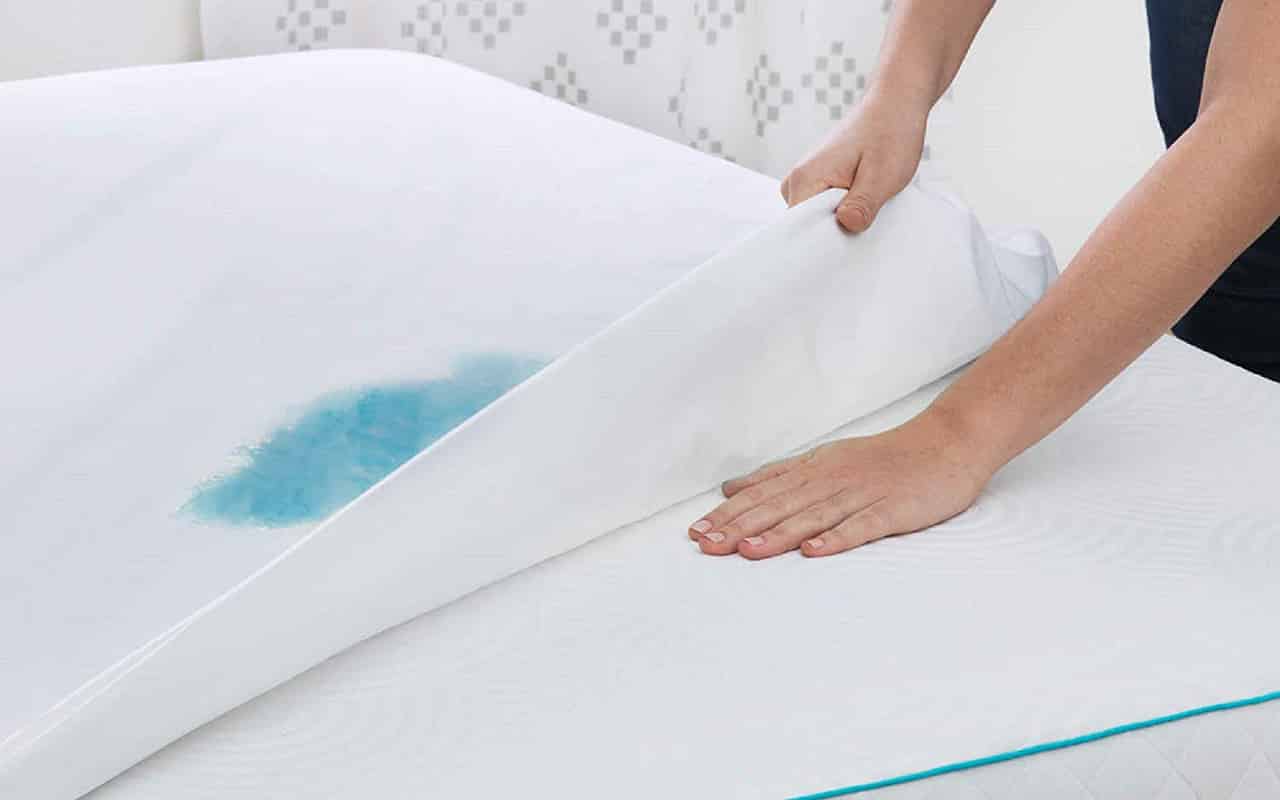House Flood Living Room: What to Do When Your Living Room Floods
Experiencing a flood in your living room can be a stressful and overwhelming situation. Not only does it damage your belongings, but it can also pose a serious health risk for you and your family. In this article, we will discuss the top 10 things you need to know when dealing with a living room flood.
How to Clean Up After a Living Room Flood
The first step to dealing with a living room flood is to clean up the water as soon as possible. The longer the water sits, the more damage it can cause. Begin by removing any standing water with a wet vacuum or towels. Then, use a dehumidifier and fans to dry out the room. Be sure to also remove any damaged furniture or belongings and properly dispose of them.
Preventing a Living Room Flood: Tips and Tricks
Prevention is key when it comes to living room floods. Some simple tips to prevent a flood in your living room include regularly checking and maintaining your plumbing, installing a sump pump, and keeping gutters and downspouts clear of debris. It is also important to be aware of any potential hazards in your area, such as living near a flood zone or having a faulty foundation.
Signs of Water Damage in Your Living Room
It is important to be able to recognize the signs of water damage in your living room. Some common signs include water stains on walls or ceilings, musty odors, and warped or discolored flooring. If you notice any of these signs, it is important to take action immediately to prevent further damage.
How to Repair Water Damage in Your Living Room
Depending on the severity of the water damage, you may need to hire a professional to repair your living room. In some cases, you may be able to tackle smaller repairs yourself. This can include replacing damaged drywall, flooring, or furniture. However, if the damage is extensive, it is best to seek professional help to ensure the job is done correctly.
Insurance Coverage for Living Room Floods
It is important to review your homeowner's insurance policy to see if you are covered for living room floods. In some cases, flood damage may not be covered, so it is important to have a clear understanding of your policy. If you live in a high-risk area, you may want to consider purchasing additional flood insurance for added protection.
Common Causes of Living Room Floods
There are many potential causes of living room floods. Some of the most common include burst pipes, malfunctioning appliances, heavy rain, and natural disasters. It is important to be aware of these potential hazards and take preventative measures to avoid a flood in your living room.
Steps to Take After a Living Room Flood
After the immediate clean-up and repair of a living room flood, there are still some important steps to take. This includes thoroughly sanitizing the area to prevent mold and bacteria growth, keeping the room well-ventilated, and monitoring for any ongoing issues, such as leaks or structural damage. It is also important to stay in contact with your insurance company throughout the process.
How to Dry Out a Flooded Living Room
Properly drying out a flooded living room is crucial to preventing further damage. In addition to using a dehumidifier and fans, you can also use a wet/dry vacuum to remove any remaining water. It is important to thoroughly dry all surfaces and belongings to prevent mold growth. If you are unsure of how to properly dry out your living room, it is best to seek professional help.
Professional Help for Living Room Floods
If you are dealing with a major living room flood, it is best to seek professional help. A water damage restoration company can properly assess the damage and provide efficient and effective solutions to restore your living room. They also have the necessary equipment and expertise to safely remove any hazardous materials and prevent future issues.
The Impact of House Flooding on the Living Room Design

The Devastation of House Flooding
 House flooding is a major concern for homeowners, especially those living in areas prone to natural disasters or with aging plumbing systems. The damage caused by a flood can be catastrophic, not only to the overall structure of the house but also to the interior design and furnishings. One of the most affected areas in a house is the living room, which is often the central gathering space for families and guests. In this article, we will explore the impact of house flooding on the design of the living room and provide tips on how to mitigate the damage.
House flooding is a major concern for homeowners, especially those living in areas prone to natural disasters or with aging plumbing systems. The damage caused by a flood can be catastrophic, not only to the overall structure of the house but also to the interior design and furnishings. One of the most affected areas in a house is the living room, which is often the central gathering space for families and guests. In this article, we will explore the impact of house flooding on the design of the living room and provide tips on how to mitigate the damage.
The Effects on Design Elements
 When a house experiences flooding, it can cause significant damage to the living room design elements. The walls and flooring are often the first to be affected, with water seeping through and causing warping, cracking, and staining. This not only ruins the aesthetic of the space, but it can also pose health hazards if mold and mildew start to grow. Furniture and décor are also at risk, with water damage causing discoloration, swelling, and even complete destruction. This can result in the loss of cherished pieces and the need for costly replacements.
When a house experiences flooding, it can cause significant damage to the living room design elements. The walls and flooring are often the first to be affected, with water seeping through and causing warping, cracking, and staining. This not only ruins the aesthetic of the space, but it can also pose health hazards if mold and mildew start to grow. Furniture and décor are also at risk, with water damage causing discoloration, swelling, and even complete destruction. This can result in the loss of cherished pieces and the need for costly replacements.
The Importance of Quick Action
 In the event of a house flood, time is of the essence. The longer the water remains in the living room, the more damage it can cause. It is crucial to act quickly and remove any standing water, as well as salvage any furniture and décor that can be saved. Depending on the severity of the flood, it may be necessary to hire professionals to properly dry and repair the affected areas. This not only helps to prevent further damage but also allows for a quicker recovery and restoration of the living room design.
In the event of a house flood, time is of the essence. The longer the water remains in the living room, the more damage it can cause. It is crucial to act quickly and remove any standing water, as well as salvage any furniture and décor that can be saved. Depending on the severity of the flood, it may be necessary to hire professionals to properly dry and repair the affected areas. This not only helps to prevent further damage but also allows for a quicker recovery and restoration of the living room design.
Design Solutions for Flood-Prone Areas
 For homeowners living in areas prone to flooding, it is essential to take preventative measures when it comes to the design of the living room. This includes choosing flood-resistant materials for the walls and flooring, such as waterproof paint and tile or vinyl flooring. It is also advisable to elevate furniture off the ground and opt for water-resistant fabrics and finishes. Additionally, installing drainage systems and sump pumps can help to redirect and remove excess water in the event of a flood.
For homeowners living in areas prone to flooding, it is essential to take preventative measures when it comes to the design of the living room. This includes choosing flood-resistant materials for the walls and flooring, such as waterproof paint and tile or vinyl flooring. It is also advisable to elevate furniture off the ground and opt for water-resistant fabrics and finishes. Additionally, installing drainage systems and sump pumps can help to redirect and remove excess water in the event of a flood.
In Conclusion
 In conclusion, house flooding can have a devastating impact on the design of the living room. It is crucial to act quickly and take preventative measures to mitigate the damage and prevent future incidents. By using flood-resistant materials and implementing proper drainage systems, homeowners can protect their living room design and ensure the safety of their loved ones. In the unfortunate event of a flood, remember to seek professional help and take immediate action to minimize the effects on your home.
In conclusion, house flooding can have a devastating impact on the design of the living room. It is crucial to act quickly and take preventative measures to mitigate the damage and prevent future incidents. By using flood-resistant materials and implementing proper drainage systems, homeowners can protect their living room design and ensure the safety of their loved ones. In the unfortunate event of a flood, remember to seek professional help and take immediate action to minimize the effects on your home.











:max_bytes(150000):strip_icc()/intensely-clean-a-living-room-1900918-11.2-a16b7c35db114591a17b84b410196b26.jpg)


